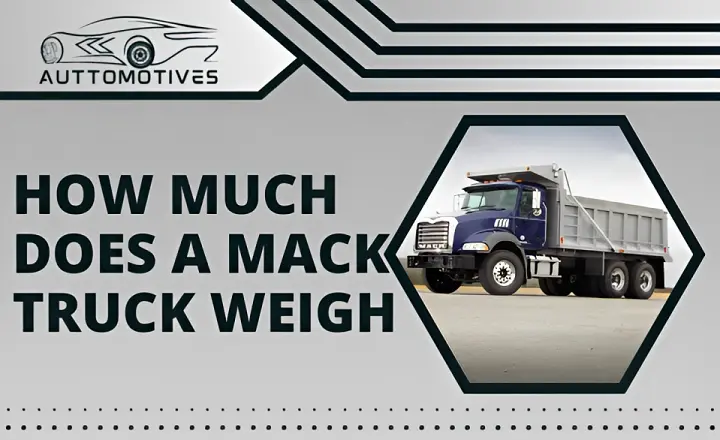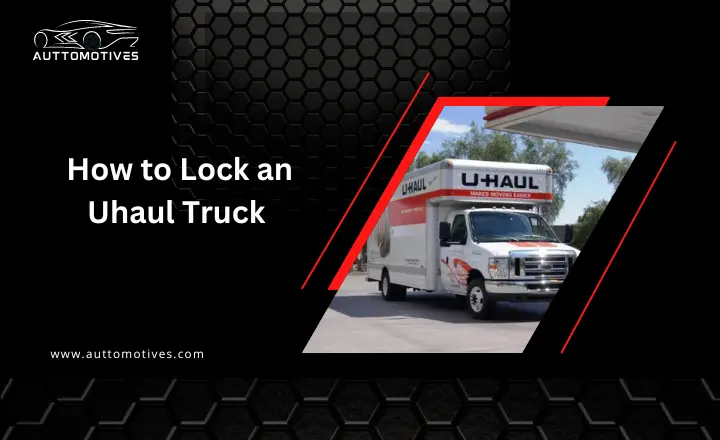How to Drive a Semi-Truck | 6 Amazing Steps You Must Know Now
Let me tell you right off the bat drive a semi-Truck ain’t like hopping into your pickup and heading down to Home Depot. It’s a whole different beast. If you’ve ever looked at one of those 18-wheelers barreling down I-70 and thought, “How hard can it be?” — buddy, you’re in for a surprise.
I’ve been around rigs since I was a teenager wrenching in my uncle’s diesel shop. First time I sat in a Peterbilt, it felt like climbing into a spaceship. But once you learn the ropes, man… there’s nothing like it.
Let’s walk through what it really takes to drive a semi-truck — no sugarcoating.
Step 1: You Gotta Get a CDL (No Way Around It)
You can’t legally drive a semi-truck on U.S. roads without a Class A CDL — that’s your Commercial Driver’s License. It’s not just a fancy license — it means you’ve passed the written tests and hands-on skills to drive the big boys.
Here’s how it usually works:
-
Sign up for truck driving school (community colleges, or private outfits)
-
Learn the classroom stuff — logbooks, weight limits, brake systems
-
Get behind the wheel with a trainer and practice everything from gear shifting to backing into a dock
-
Take your test (pre-trip inspection, skills course, and road test)
Most guys finish in 4–6 weeks, but trust me — that month can feel like a boot camp on wheels.
Step 2: Get to Know the Truck (It’s Not Just a Bigger Pickup)
Semi-trucks have their own language. You’ve got:
-
Manual transmissions — most old-school trucks run 10 or 13 speeds (you’ll be double-clutching like crazy until it clicks)
-
Air brakes — totally different feel than your F-150’s hydraulic brakes
-
Jake brake — that rumble you hear when a rig is slowing down on a hill? That’s engine braking at work
-
Fifth wheel — that big circular locking mechanism connecting your trailer to the truck
Oh, and before you roll out, always do a pre-trip inspection — tires, lights, brakes, airlines, the whole shebang. DOT officers don’t play.
Step 3: Learn How to Shift — It’s an Art, Not a Science
If you’ve only driven a stick-shift car, you’re in for a learning curve. Semi-truck transmissions don’t come with syncros, which means…
You gotta double clutch:
-
Clutch in → Neutral
-
Clutch out → Rev the engine (match RPMs)
-
Clutch in → Into next gear
-
Clutch out and cruise
Miss a gear? Don’t force it — float it back into neutral and find your rhythm. Eventually, it becomes muscle memory. Some old-timers don’t even use the clutch, they float gears like jazz players on a solo.
Step 4: Master Wide Turns, Mirrors, and That Long Rear End
Remember: you’re not just driving the truck — you’re hauling a 53-foot trailer that swings out wide. Right turns? You’ve gotta swing left before you cut it back.
-
Check your mirrors every few seconds — blind spots are everywhere
-
Give yourself room — tight streets, gas station pumps, and loading docks are tight as hell
-
Use your signals early — give four-wheelers a heads-up (they usually ignore you anyway)
Also, keep an eye on your trailer swing when backing. You turn left, the trailer swings right — get that wrong in a yard, and you’re taking out someone’s fence.
Step 5: Don’t Let Hills and Heavy Loads Wreck You
Going up or down a grade is where rookie drivers get humbled real quick.
On the way up:
-
Drop into a low gear
-
Keep your RPMs in the power band
-
If you lose momentum and stall, you better know how to start on a hill with 40,000 lbs on your back
On the way down:
-
Use your engine brake
-
Stay in a lower gear
-
Tap your service brakes lightly and intermittently
The golden rule: “You can go down a hill too slow a thousand times, but too fast only once.”
Step 6: Backing Up — Practice, Patience, and GOAL
Backing up a semi-truck feels impossible at first. It’s like pushing a rope.
Here’s what helps:
-
Start straight-line backing in open lots
-
Then try offset backing and alley dock angles
-
Always GOAL — Get Out And Look
-
Don’t rush. Even seasoned drivers still GOAL 2–3 times per dock
Every driver has horror stories about backing into a tight dock in the dark with four guys yelling directions. It’s a rite of passage.
Trucking Ain’t Just Driving — It’s Mental Toughness
This isn’t a job you can half-ass. You’re dealing with long hours, traffic, tight schedules, and unexpected breakdowns.
-
Time management matters — especially with Hours of Service (HOS) and electronic logs (ELDs)
-
Plan your stops — fuel, food, sleep (parking fills up fast)
-
Keep your cool — people will cut you off, blame you, and stare like you’re King Kong on wheels
But man, the freedom? Unmatched. The open road, music blasting, sunrise in your mirror — there’s nothing like it.
Common Questions from People Curious About Trucking
Is driving a semi-truck hard?
Yeah, at first. But like anything, you get better with time. What’s hard is staying sharp after 10 hours on the road.
Can I drive a semi without a CDL?
Not on public roads. You can mess around on private land, but legally? You need a Class A CDL.
What about automatic trucks?
They’re out there — newer fleets are moving that way. Easier for newbies. But manual still gives you more control in tough conditions.
How long does it take to learn?
With full-time CDL training, 4 to 8 weeks is typical. After that, the real learning starts — on the road.
Is trucking worth it in 2025?
If you like being on your own, making decent money, and not being stuck in an office? Hell yeah. Just be ready for the lifestyle.
Thinking About Trucking as a Career?
Once you get the hang of driving a semi-truck, there’s real money to be made — especially with big-name companies. For example, Walmart is known for offering some of the highest-paying truck driving jobs in the U.S., with great benefits and long-term stability.check walmart truck driver salary.
Driving a semi isn’t just a job — it’s a skill, a mindset, and for many of us, a way of life. It’s long hours, cold mornings, greasy hands, and close calls. But it’s also peace, pride, and the kind of freedom you just can’t get sitting behind a desk.







